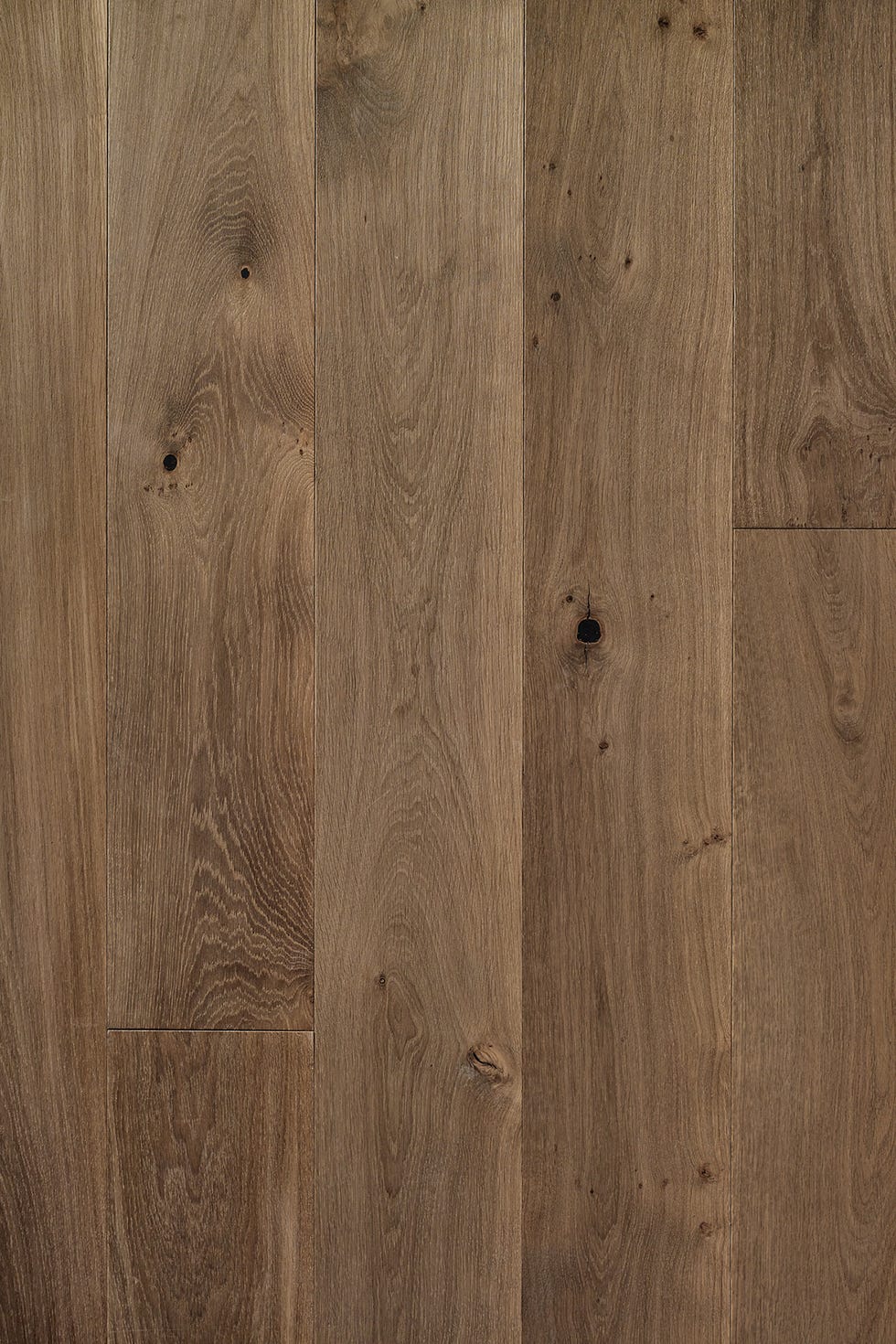Have you ever noticed that the wooden floors in your home seem to shift with the seasons? This subtle movement, known as expansion and contraction, is a natural characteristic of wood, and it’s a crucial factor to consider when choosing flooring materials. If you’re considering engineered wood flooring, it’s essential to understand how it behaves in response to temperature and humidity fluctuations. Let’s explore the world of engineered wood floors and their expansion and contraction properties.

Image: www.familyhandyman.com
Engineered wood floors, a popular choice for their durability and aesthetic appeal, are crafted from thin layers of wood veneers glued together over a stable core material. This unique construction significantly influences their susceptibility to expansion and contraction compared to solid hardwood floors. While both types of wood floors expand and contract, the engineered variety does so in a more controlled and predictable manner.
Understanding the Science Behind Expansion and Contraction
The phenomenon of wood expansion and contraction stems from its cellular structure. Wood cells are essentially tiny, hollow tubes that contain moisture. When exposed to higher humidity levels, the wood cells absorb moisture, causing them to swell and expand. Conversely, when the humidity drops, the cells release moisture and shrink, leading to contraction. This natural process is amplified by changes in temperature. Warmer temperatures tend to encourage moisture absorption, while colder temperatures cause moisture release.
The Impact of Expansion and Contraction on Engineered Wood Floors
For engineered wood floors, the impact of expansion and contraction is mitigated by the multi-layered construction. The stable core, typically made of plywood or MDF, acts as a buffer against excessive dimensional changes. The thin veneers, being less susceptible to significant expansion and contraction, further minimize the overall movement of the floor. This makes engineered wood floors a more reliable option for regions with fluctuating climates.
How to Minimize Expansion and Contraction in Engineered Wood Floors
While engineered wood floors are designed to handle expansion and contraction, several practices can help minimize these movements and prevent potential issues:

Image: www.countryliving.com
1. Acclimation: A Crucial Step
Before installation, it’s essential to allow the engineered wood planks to acclimate to the environment they will be installed in. This means storing the planks in the room where they will be laid for at least 48 hours, ideally 72 hours, to allow them to adjust to the temperature and humidity levels. This acclimation process helps minimize drastic changes in moisture content during the installation and subsequent use.
2. Proper Installation: The Foundation of Durability
Expert installation plays a critical role in minimizing expansion and contraction issues. The installer should ensure proper spacing between planks, known as “expansion gaps.” These gaps provide room for the wood to expand and contract without causing buckling or warping. The installer should also use appropriate adhesives and fasteners to secure the planks without restricting their movement.
3. Maintaining Stable Humidity Levels
Once the floors are installed, controlling the humidity levels within your home becomes vital to prevent excessive expansion and contraction. While this can be tricky, maintaining a relative humidity level between 30% and 50% is generally recommended. This can be achieved through adequate ventilation, using a dehumidifier during humid periods, and avoiding activities that drastically increase humidity levels, such as excessive showering or drying laundry indoors.
4. Choosing the Right Engineered Wood Flooring
Not all engineered wood floors are created equal. Some are specifically designed to handle expansion and contraction more effectively than others. The thickness and type of veneer, the core material, and the overall construction method all contribute to a floor’s resilience to environmental changes. Consulting with a flooring specialist can help you choose a product that meets your specific requirements and climate conditions.
Do Engineered Wood Floors Expand And Contract
Navigating the Expansion and Contraction of Engineered Wood Floors
Understanding the expansion and contraction of engineered wood floors is key to making an informed decision about choosing and installing this popular flooring material. By following these strategies and guidelines, you can minimize the impact of environmental changes and enjoy beautiful, durable engineered wood floors for years to come.
This information empowers you to make informed choices about your flooring projects. As you venture further into the world of home improvement, remember that knowledge is your greatest asset.






